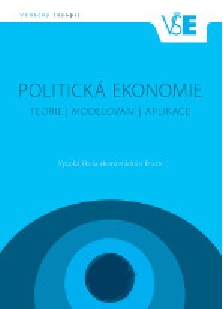Způsoby ukončení kvantitativního uvolňování na příkladech Japonska, Spojeného království a Spojených států amerických
Methods of Exiting Quantitative Easing on the Examples of Japan, the UK and the USA
Author(s): Stanislav HábaSubject(s): Politics / Political Sciences, Social Sciences, Economy
Published by: Vysoká škola ekonomická v Praze
Keywords: unconventional monetary policy; quantitative easing; exit strategy; large-scale asset purchases
Summary/Abstract: The article describes both the theory and the practice of exiting from the unconventional monetary policy of quantitative easing (QE). At the theoretical level, the following issues are outlined: exit step sequence, options to decrease the amount of securities purchased, relationship between exit and interest rate hike, communication of the change and liquidity-absorbing instruments. Further, examples from Japan, the United Kingdom and the USA are introduced, especially regarding their experience with the QE exit. In detail, the monetary policy-related numbers (QE purchases, QE portfolio, central bank balance sheet, monetary base and reserves) are observed both before and after the exit announcement. The charts of these changes prove to be substantially different, mainly due to unique key features of each QE policy and diverse exit strategies.
Journal: Politická ekonomie
- Issue Year: 67/2019
- Issue No: 1
- Page Range: 48-64
- Page Count: 17
- Language: Czech

